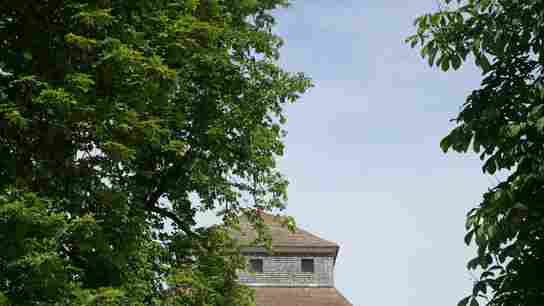May 20,2022
The Royal Saltworks in Arc-et-Senans, France
by David Stewart
Having studied the architectural drawings and models of the French architect Claude-Nicolas Ledoux at the Harvard Graduate School of Design, I often wondered how such monumental works would translate into reality. While at Art Basel in Switzerland, I learned that one of Ledoux’s most significant projects, the Royal Saltworks at Arc-et-Senans, was just a two-hour drive into eastern France, so off I went.

Completed in 1779, this was the first civic campus funded by the French monarchy with the purpose of standardizing the production of salt—which was often used to preserve meat and fish, among other food, and was considered a valuable commodity. The compound also provided housing for workers, a facility for collecting taxes, even a place of worship. The plan, which was Ledoux’s second to be submitted to King Louis XV (via his mistress, Madame du Barry), has been called both radical and visionary. Reflecting the ideals of Enlightenment, it foreshadowed the coming of the Industrial and French revolutions.
Today, the compound is a meticulously restored UNESCO World Heritage Site. It also boasts the only museum devoted to Ledoux, whose work has inspired generations of influential architects, including Thomas Jefferson, McKim, Mead & White, Gunnar Asplund, Henry Hope Reed, Jean-François Thomas de Thomon, and Benjamin Latrobe, to name just a few. What seemed to live in my mind only as perspective engraving and ran the risk of seeming grandiose became a celebration of invention, elegance, and community.
Click to see my photographs from the visit.
More on archdigesom:
Visit Mies van der Rohe's Farnsworth House, the original glass house
Tour Le Corbusier's Notre Dame du Haut chapel in Ronchamp, France






